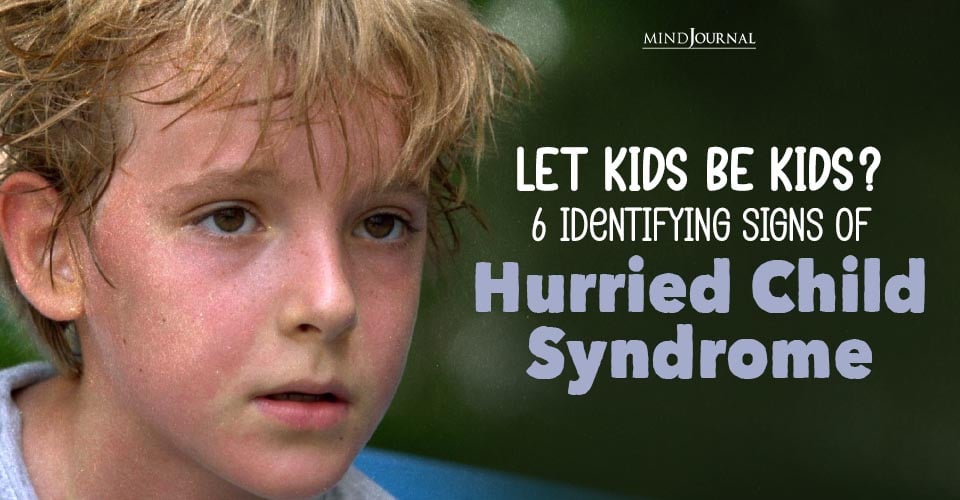A recent breakthrough study by researchers at the National Institute for Physiological Sciences (NIPS) has brought us closer to understanding how traumatic memories are created. This study, published in Nature Communications, delves into the intricate neural networks involved in the formation of trauma memories.
How Traumatic Memories Are Created
Imagine when you learn something new; your brain undergoes changes. Scientists have long pondered these changes, and the NIPS research team has unlocked some of these mysteries.
They’ve used a unique blend of optical and machine learning methods to capture the complex processes at play during memory formation, shedding light on how traumatic memories take shape.
In this research, they explored associative learning, a fundamental form of learning vital for an animal’s survival. While we’ve made great strides in pinpointing the brain regions and neuron populations responsible for forming and recalling associative memories, there were still gaps in our knowledge.
For instance, the dorsal part of the medial prefrontal cortex (dmPFC) is crucial for retrieving associative fear memories in rodents, but the specifics were unclear.
The researchers noticed distinct neural activity and synchronization in the dmPFC during the retrieval of fear memories and related fear responses, like freezing or a slower heart rate. By temporarily silencing the dmPFC in mice, they observed a suppression of fear responses, highlighting the region’s role in recalling these memories.
To untangle the complexities of prefrontal neurons, the team employed two-photon imaging and a machine learning algorithm called the ‘elastic net.’ This method helped them identify specific neurons involved in encoding fear memory. They also examined the spatial arrangement and functional connections of these neurons using graphical modeling.
Their findings were remarkable; they pinpointed a neural population responsible for encoding fear memories and discovered the creation of a unique associative connection between initially separate networks, specifically the conditioned stimulus (CS, like a tone) network and the unconditioned stimulus (US, such as a fearful experience) network.
This connection appears to trigger a fear response in the presence of the conditioned stimulus.
In essence, this study supports the idea that memories are formed by strengthening neural connections through repeated activation of neuron groups.
The use of optics and machine learning in this research allowed for a detailed exploration of neural network dynamics, providing insights into the neurological changes accompanying learning and memory.
In summary, this research at NIPS has unveiled the intricacies of traumatic memory formation, offering a deeper understanding of how our brains create and store these crucial memories.









Leave a Reply